August 9th, 2024
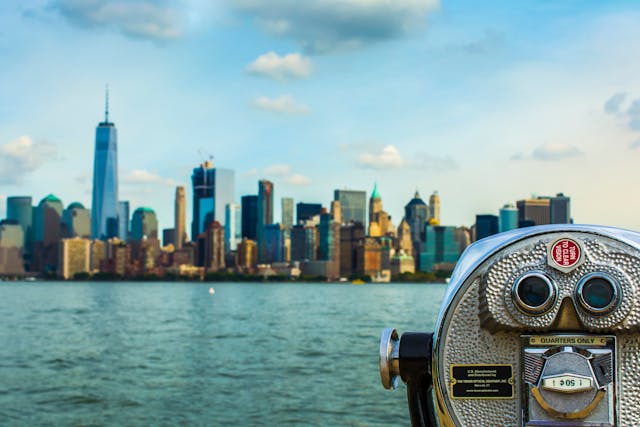
New York City’s Central Business District, which encompasses Midtown and Downtown Manhattan, has been an influential economic and financial capital since the 19th century, mainly thanks to the presence of the New York Stock Exchange (NYSE) and other important financial institutions.
Today, it is the largest central business district in the United States, with a total area of 2.2 square miles.
Key Facts & Figures about NYC Central Business District
- The central business district consists of three sub-districts: Midtown, Midtown South, and Downtown, which are further divided into 18 sub-markets.
- There are approximately 190,000 small businesses, which employ more than 900,000 people.
- This area is home to 40 Fortune 500 corporations, the highest concentration in the country.
- The New York central business district was recently listed as the second best startup ecosystem in the nation and worldwide.
- The central business district has more than 617,000 residents and nearly 900,000 people commute into the area every day.
- Local companies attracted nearly $20bn in venture capital funding in 2023.
- In 2023, NYC attracted more than 62 million visitors per year, with business travelers accounting for 20% of the total.
Read the rest of this entry »
Tags: Business Start Ups, CBD's, Central Business Districts, Manhattan, new york
Posted in Best Cities for Business in the USA, Business Districts, Business Spotlights, Business Start Ups, CBD's, Manhattan, New York | No Comments »
Add to: Del.icio.us | Digg
June 5th, 2024
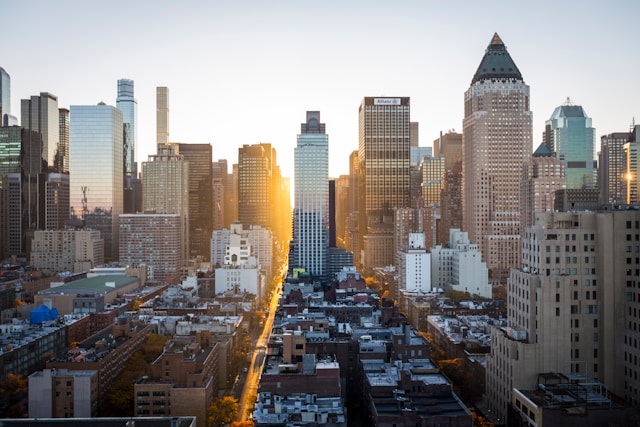
All over the United States, central business districts serve as a magnet for economic growth and employment. In this article, we offer an updated overview of the top 10 largest CBDs in the country, accounting for the changes that CBDs have experienced post-2020.
1. New York City
New York City’s CBD is the largest in the country and covers a large area in Midtown and downtown Manhattan.
The city’s CBD contains nearly 420 million square feet of office real estate, with the biggest clusters being in Grand Central, Penn Station, Sixth Avenue, Rockefeller Center, Financial East, and World Trade Center.
Read the rest of this entry »
Tags: Best US Cities for Business, Business Districts, Business Start Ups, CBD's, USA
Posted in Best Cities for Business in the USA, Business Districts, Business Spotlights, CBD's | 3 Comments »
Add to: Del.icio.us | Digg
May 24th, 2024
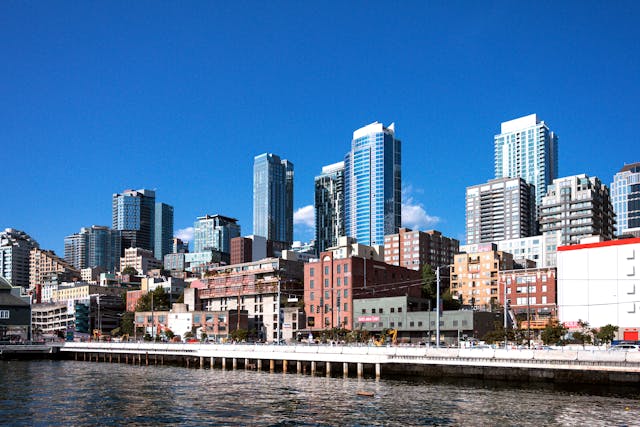
Thanks to its academic status and thriving innovation scene, Boston is considered one of the top business hubs on the East Coast. In particular, the city and the surrounding areas have become the destination of choice for many startups, not only due to the availability of talent and funding, but also given the quality and diversity of office accommodation options.
In this article, we offer detailed insights into the cost of renting office space in Boston, district by district.
Office market trends in Boston
Over the past decade, the Boston office space market has seen fluctuating performance, witnessing shifts in demand and supply. Initially, the growth of the tech and life sciences sectors contributed to the expansion of the office market, with the development of new and modern spaces that could accommodate the requirements of these occupiers. Low vacancy levels translated into increasing asking rates, in particular in areas like East Cambridge and Sommerville, while other tenants were pushed out of the market as they couldn’t always compete with the budget of occupiers like MIT, Novartis, and Google.
Read the rest of this entry »
Tags: Boston, Business Advice, commercial property, Commercial Real Estate, Office Market Trends, Office Rental, Office Space Trends and Forecasts
Posted in Boston, Business Districts, CBD's, CRE, Market Overviews, Office Planning, Office Space Forecasts and Trends | No Comments »
Add to: Del.icio.us | Digg
May 10th, 2024
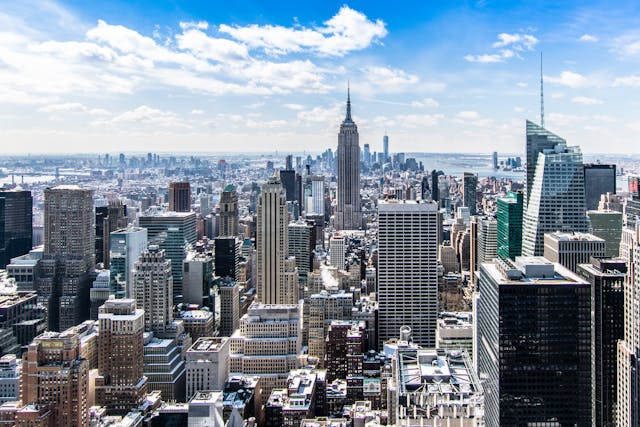
As one of the world’s leading business locations, New York City attracts office-based businesses with a wide range of requirements and budgets. In this article, we offer an in-depth analysis of the costs associated with renting office space in the Big Apple, so you can make the best decision when establishing your business footprint in the city.
Understanding the factors that influence office space costs
The cost of leasing office space in New York City‘s office market is influenced by a number of factors, including:
– Location: Although Manhattan still tops the list in terms of prestige, other areas fare better for ease of commute, as is the case of Brooklyn, and their popularity is reflected in rising prices when compared to the rest of the New York office space stock.
Read the rest of this entry »
Tags: commercial property, Commercial Real Estate, Manhattan, new york, Office Rental, Office Space
Posted in CBD's, CRE, Manhattan, New York, Office Planning, Office Rental, Office Talk | No Comments »
Add to: Del.icio.us | Digg
November 23rd, 2016
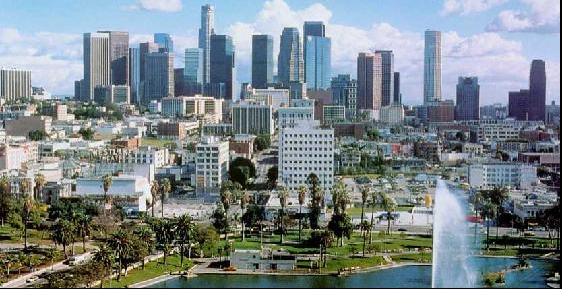 Los Angeles CBD is a thriving commercial hub comprised of 15 districts: Skid Row, Civic Center, Little Tokyo, Old Bank, South Park, Historic Core, Gallery Row, Fashion District, Arts District, Warehouse District, Jewelry District, Industrial District, and Toy District. Bunker Hill and the Financial District are also part of downtown Los Angeles and are considered the city’s business core area.
Los Angeles CBD is a thriving commercial hub comprised of 15 districts: Skid Row, Civic Center, Little Tokyo, Old Bank, South Park, Historic Core, Gallery Row, Fashion District, Arts District, Warehouse District, Jewelry District, Industrial District, and Toy District. Bunker Hill and the Financial District are also part of downtown Los Angeles and are considered the city’s business core area.
Los Angeles’ CBD was first defined as a business district in 1920, and was expanded and redeveloped during the 1950s and 1960s, when several high-rise office buildings were added to the city’s urban landscape. Downtown LA is easily accessible by road and mass transit, as the area lies at the intersection between the I-10, I-5 and I-110 roads, and is served by 4 Metro lines. Union Station is located on the northern edge of the CBD, and Los Angeles International airport is only 19 miles away from the downtown area.
Unlike other US business districts, downtown LA has a large (and growing) permanent population. In 2016, more than 50,000 people lived within a 2-mile radius of the CBD, and particularly in the eastern fringe, where many office buildings have been converted into residential units. Read the rest of this entry »
Tags: Business, California, CBD, CBD's, Los Angeles
Posted in Best Cities for Business in the USA, Business Districts, Business Spotlights, Business Start Ups, CBD's | No Comments »
Add to: Del.icio.us | Digg
October 4th, 2016
 An Overview of Chicago’s Central Business District
An Overview of Chicago’s Central Business District
Chicago’s central business district (also referred to as The Loop) is among the nation’s top three largest business hubs. Chicago’s CBD occupies a total area of approximately 1.6 square miles and is located in the eastern side of the city, right on the shores of Lake Michigan. The CBD can be sub-divided into five smaller areas: West Loop, South Loop, Michigan Boulevard, Printer’s Row, and New Eastside.
The Loop is a densely populated area where business and residential areas exist side-to-side. Unlike other CBDs in American cities, The Loop continues to experience rapid growth in terms of its permanent population, which exceeded 30,000 people in early 2016. The Loop attracts a large number of young professionals due to its convenient location, excellent transportation links, and supply of quality housing. The area is well served by buses, commuter trains, Amtrak services, and CTA trains that link the central business district with O´Hare and Midway international airports.
Chicago’s CBD among the country’s top 20 metropolitan areas with the highest business density, ranking 6th with nearly 33 business establishments per square mile. The Loop’s dynamic economy relies on a diverse industrial base and healthy mix of small, medium, and large companies. Read the rest of this entry »
Tags: Business Advice, CBD's, chicago
Posted in Best Cities for Business in the USA, Business Districts, CBD's, Chicago | No Comments »
Add to: Del.icio.us | Digg




 Los Angeles CBD is a thriving commercial hub comprised of 15 districts: Skid Row, Civic Center, Little Tokyo, Old Bank, South Park, Historic Core, Gallery Row, Fashion District, Arts District, Warehouse District, Jewelry District, Industrial District, and Toy District. Bunker Hill and the Financial District are also part of downtown Los Angeles and are considered the city’s business core area.
Los Angeles CBD is a thriving commercial hub comprised of 15 districts: Skid Row, Civic Center, Little Tokyo, Old Bank, South Park, Historic Core, Gallery Row, Fashion District, Arts District, Warehouse District, Jewelry District, Industrial District, and Toy District. Bunker Hill and the Financial District are also part of downtown Los Angeles and are considered the city’s business core area. An Overview of Chicago’s Central Business District
An Overview of Chicago’s Central Business District